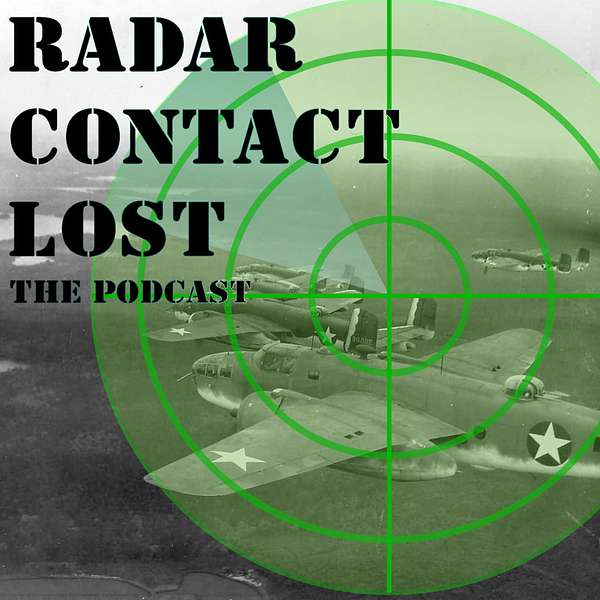
Radar Contact Lost: The Podcast
"Radar Contact Lost: The Podcast" will discuss the tragic circumstances involved with some of the worst airplane crashes. When weather conditions are at fault or are a contributing factor to the accident (as is so often the case), the meteorology will be examined and explained. Hosted by a meteorologist with 40 years of professional experience including U.S. Air Force, broadcast and commercial meteorology. The Radar Contact Lost team includes experts from the fields of commercial meteorology, commercial aviation and air traffic control.
Radar Contact Lost: The Podcast
When a Quiet Neighborhood Next to an Airport Became a Scene of Fire, Horror and Devastation
It was a little after 4 o’clock in the afternoon, on Friday, July 9th, 1982, when Pan Am Flight 759, a B-727 carrying 138 passengers and 7 crew members, began to climb from the runway at New Orleans International Airport. In only a moment’s time, the narrow-body airliner slammed back down to the ground, after just barely becoming airborne. It was stormy around the airport, but there were no advisories, watches, warnings or aviation warnings in effect. It was noted by the plane's own weather radar that rain showers (not thunderstorms) were located near the departure end of the runway. Given the weather conditions and the crew's flight manual, there were no avoidance or delay procedures recommended. When the planed crash-landed, it set a neighborhood adjacent to the airport on fire.
What happened to Flight 759? Why was the plane unable to climb away from the airport? Why, despite thunderstorms in the area, did the plane's weather radar not indicate the storms? Why were there no weather alerts in effect?
This is the story of a plane crash nearing the end of an era - an era of mysterious weather with unknown capabilities and destruction. Not that weather forecasters have it 100% figured out today, but this crash happened at a time when one of the great weather mysteries, the microburst, was only just beginning to be unraveled.
Join Radar Contact Lost for a seat in the cockpit of the fated airliner, as well as what it was like to be an aviation meteorologist in the early 1980s. Learn about advancements in thunderstorm prediction and even how to predict a microburst yourself. Also, learn why the latest technology of the time, the Low Level Wind Shear Alert System, was not up to the task.
